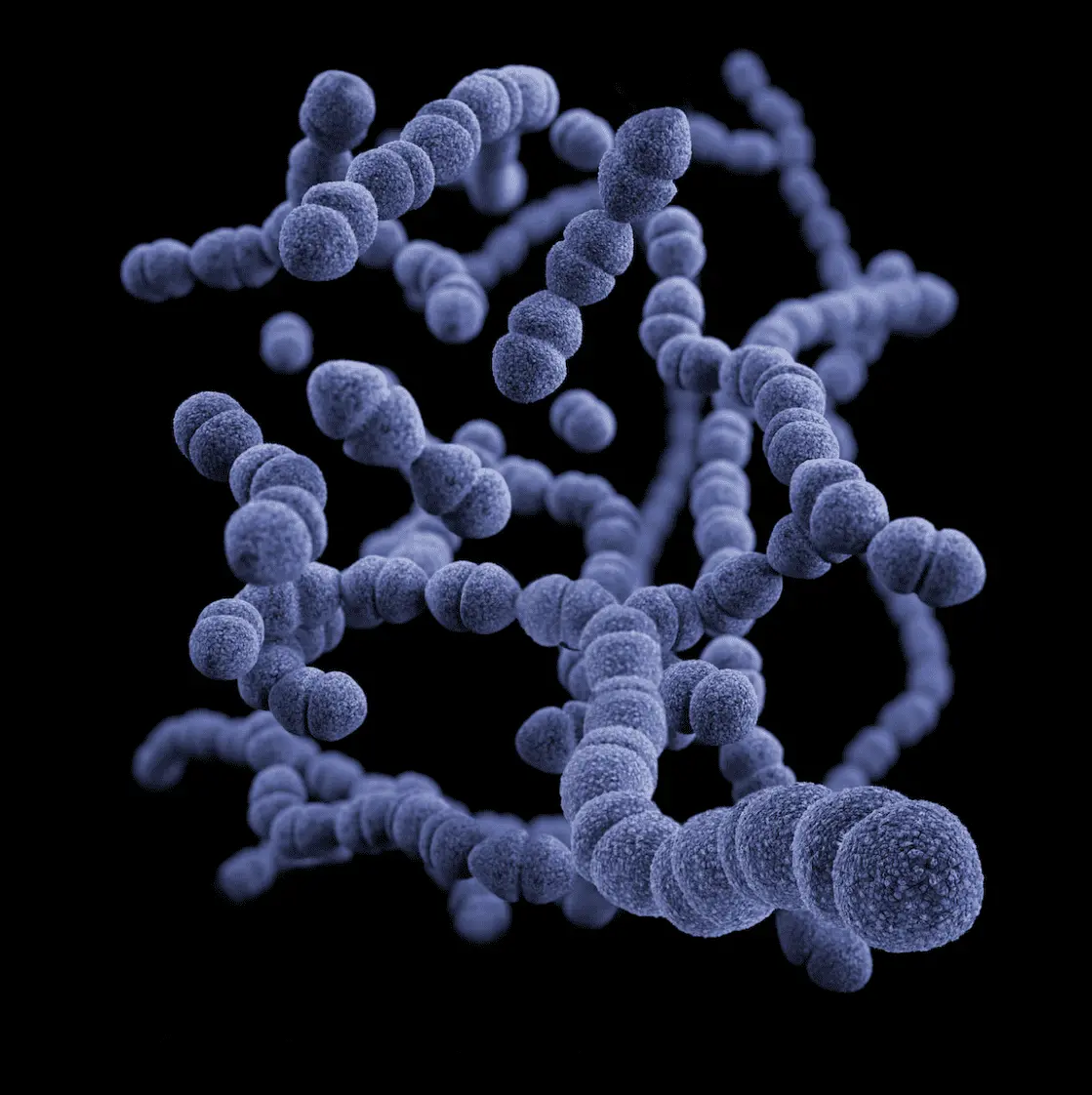
Over the past few years, the ketogenic diet has gained massive popularity because of its positive health effects. Most notably, the keto diet is getting popular due to the associated weight loss that comes along. However, a skeptic might wonder about the real effectiveness of this diet, which is a legitimate concern. Every year, hundreds of diets trend for a couple of months then gradually disappear; so, what makes the ketogenic diet any different? That’s what we will find out today. In this article, we will cover the basic principles of this diet and how macronutrients are modified.
What is the ketogenic diet?
The keto diet is a metabolic state that switches the body from using glucose as a primary source of energy to ketone bodies. As a result, you will be burning the fat in your adipose tissue effortlessly. To reach this metabolic state, one needs to modify their macronutrient intake by changing their portions. Let’s see what are the major macronutrients and how the keto diet alters their ratio.
The major macronutrients
There are three major macronutrients in the human body:
-
- Carbohydrates (sugar)
- Lipids (fats)
- Protein
Each of these compounds plays different physiological roles. For instance, sugar is normally used to produce energy that mediates the millions of biochemical reactions that occur every minute. On the other hand, fat and protein are used as building blocks for cells and organs. Protein also plays a major role as a catalyzer of chemical reactions (enzymes).
Here is the usual distribution of the three macronutrients during a normal diet:
-
- Sugar – 45–65%
- Fat – 20–35%
- Protein – 10–35%
As you can see, carbohydrates comprise the majority of your daily caloric intake because they’re the primary source of energy inside the cell.
Macronutrients during the ketogenic diet
The primary goal of the keto diet is to change the ratio of your daily macronutrient intake to modify the metabolism of your body. How? By reducing carbohydrate intake to a minimum and increasing fat intake.
Here is the modified ratio of the three macronutrients in the keto diet:
-
- Sugar – 5-10%
- Fat – 55-60%
- Protein – 5-10%
Some people take this even further and reduce sugar intake to 1-5% of their daily calories. The new ratio will stimulate the liver to activate the “fat-burning” metabolic pathways to use triglycerides (i.e. fatty acids) for energy.
Final words on Keto Diet
The keto diet is gaining more followers every year; several celebrities and athletes swear by this diet, which contributed to its popularity. In this article, we covered the basic principle behind the ketogenic diet. If you have ever been on the ketogenic diet, feel free to share your experience in the comment section below.
Johanna is a certified professional health coach with over a decade of experience in the field. She specialises in helping individuals navigate their health journeys, whether they are dealing with chronic conditions, working towards weight management goals, or seeking to improve their overall wellbeing.
Johanna is also a prolific contributor to our blog, where she shares expert insights, tips, and advice to help you stay healthy. She is passionate about ensuring our readers have access to the latest research and information. For personalised health advice, consider scheduling a consultation with us.








